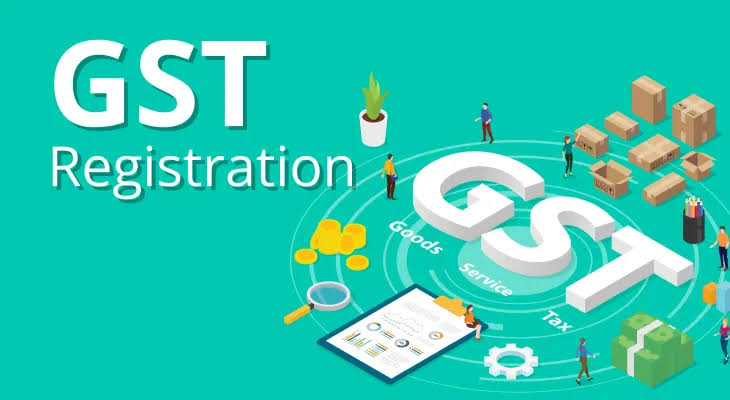Understanding GST Registration in India
The Goods and Services Tax (GST) is a major reform in India’s tax system, streamlining taxation and creating a unified market. For businesses, understanding GST registration is crucial. This guide covers who needs to register, the benefits, and the registration steps. What is GST? GST is an indirect tax on the supply of goods and services in India, replacing multiple previous taxes like VAT, service tax, and excise duty. It is designed to be comprehensive, multi-stage, and destination-based, simplifying and making the tax system more transparent.
Who Needs to Register for GST?
Who Needs to Register
for GST?
GST registration is mandatory for:
1. Businesses with Annual Turnover Exceeding the Threshold Limit:
· ₹20 lakhs for service providers.
· ₹40 lakhs for goods suppliers (₹20 lakhs for special category states like Arunachal Pradesh, Meghalaya, Sikkim, Uttarakhand, Puducherry and Telangana).
· ₹10 lakhs for goods or service for (special category states like Manipur, Mizoram, Nagaland, Tripura).
2. Inter-State Suppliers:
· Any business involved in inter-state supply of goods or services.
3. E-commerce Operators:
· Businesses operating through an e-commerce platform.
4. Casual Taxable Persons and Non-Resident Taxable Persons:
· Those who occasionally undertake supply of goods or services in a territory where they don’t have a fixed place of business.
5. Agents of a Supplier:
· Any agent supplying goods or services on behalf of another person.
6. Taxpayers under Reverse Charge Mechanism:
· Businesses paying tax under the reverse charge mechanism.
7. Input Service Distributors and Suppliers of Online Information and Database Access or Retrieval Services:
· If you fall under these categories, you need to register for GST regardless of the threshold limit.
Benefits of GST
Registration:
1. Legitimizes
Your Business: Being GST compliant enhances the credibility of your business.
2. Input Tax Credit: You can claim the input tax credit on purchases, reducing the tax burden.
3. Simplifies Taxation: A unified tax system simplifies the compliance process, eliminating the need for multiple tax registrations.
4. Expands Business Reach: GST registration allows you to operate seamlessly across states.
5. Improved Efficiency in Logistics: GST has reduced the need for multiple checkpoints and paperwork, enhancing supply chain efficiency.
Documents Required & Steps for GST Registration
Steps for GST
Registration:
Part A:
· Access the GST Portal: Visit the official GST Portal.
· Click on “Register Nowâ€: Navigate to the “Registration†tab and select “New Registration.â€
· Fill in Details: Provide business name, PAN, email, mobile, State, and District.
· Verify with OTPs: Confirm your identity using OTPs (email and mobile).
· Get Temporary Reference Number (TRN): Receive a 15-digit TRN for further steps.
Part B:
· Business Details: Enter business address, nature, and commencement date.
· Promoters/Partners Details: Add promoter/partner information.
· Authorized Signatory: Specify the authorized signatory.
· Principal Place of Business: Provide primary business location address.
· Additional Places of Business: Include details of additional locations.
· Goods and Services: Mention goods/services your business deals with.
· Bank Account Details: Provide bank account info for GST transactions.
· State-Specific Requirements: Check if your state has additional requirements.
· Upload Documents: Submit PAN card, address proof, and bank statements.
· Verification and Submission: Review details and submit the application.
Documents Required for
GST Registration:
· PAN Card of the Business or Applicant
· Proof of Business Registration or Incorporation Certificate
· Identity and Address Proof of Promoters/Directors with Photographs
· Address Proof of the Place of Business
· Bank Account Statement/Cancelled Cheque
· Digital Signature
Conclusion:
Registering for GST is essential for any Indian business, ensuring legal compliance and offering benefits that aid growth. Follow the outlined steps to navigate GST registration smoothly and leverage its advantages. For more help, consult a tax professional or visit the official GST portal. Stay compliant and efficient with proper GST practices.






